Published Winter 2008
Olive oil, the liquid gold of the ancients, was touted for its nutritional, medicinal, and cosmetic value. As a fuel, olive oil illuminated the home; as a food ingredient, it was a feast to the palate. Olive oil production is one of the world’s oldest industries. Interestingly, much of this ancient industry has not changed over the millennia.




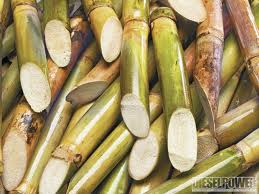
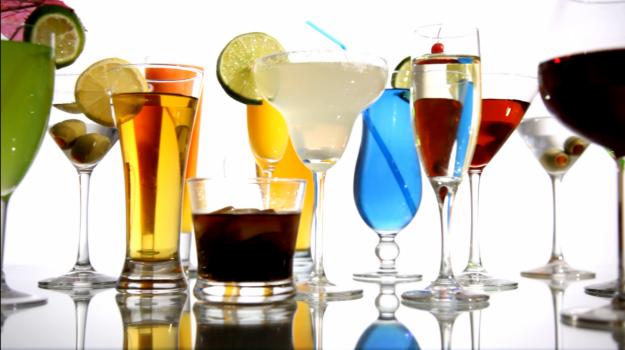

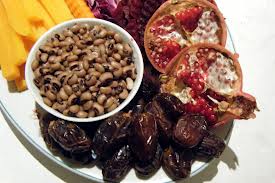

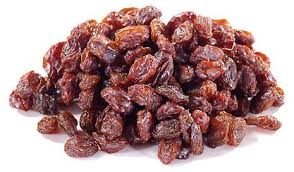
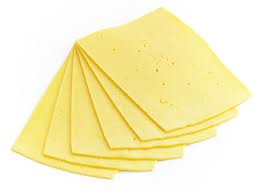
 STAR-D
STAR-D STAR-S
STAR-S